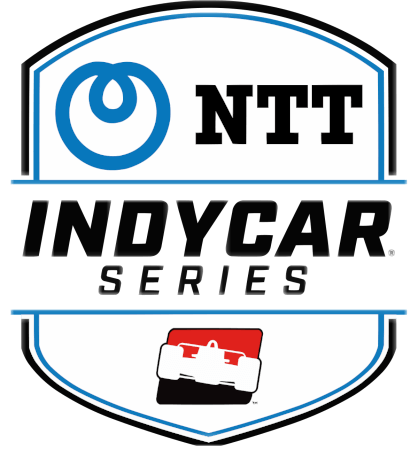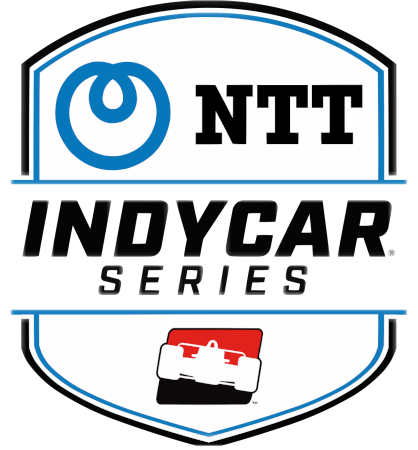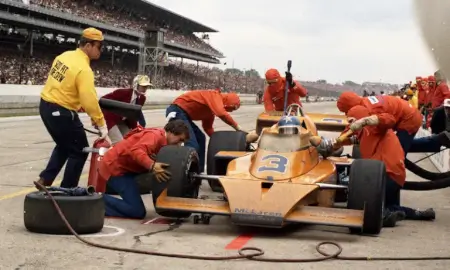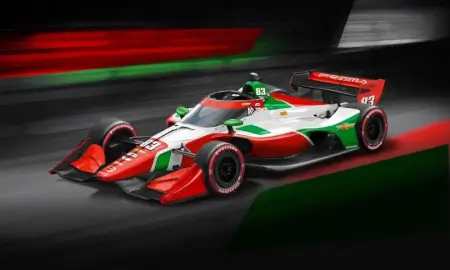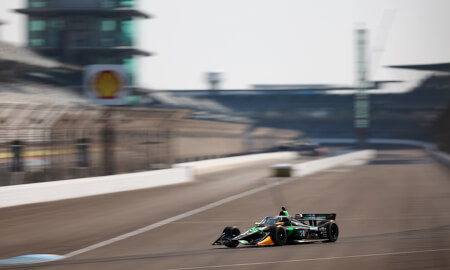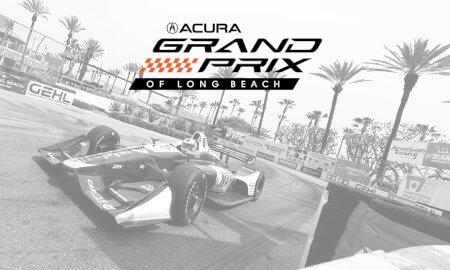December 14th 2023
Ilmor appointed as service provider for IndyCar's ERS units
The NTT IndyCar Series has made an important decision regarding how its upcoming energy recovery systems and their enclosures will be serviced and distributed.
Michigan-based Ilmor Engineering, the company founded in the 1980s by Mario Illien, Paul Morgan, and Roger Penske, which also makes Chevrolet’s 2.2-liter twin-turbo V6 IndyCar motors, will act as the service provider for the ERS units as the series enters its new hybrid era in 2024.
Under a new technical regulation established by IndyCar, the new magnesium bellhousings made by Dallara, which contains the ERS units, will be treated as a spec component that is assembled and distributed by Ilmor in the same way Ilmor and engine rival Honda Performance Development build and supply the paddock with their respective IndyCar motors.
“It’ll be a lease and it will come complete,” IndyCar president Jay Frye told RACER. “They will be distributed to the teams randomly like the engines are. It’s going to be just like an engine that bolts in, and they’ll all have serial numbers and their mileage will be tracked.”
IndyCar teams will follow the same process in receiving ERS bellhousings and returning them as they’ve done when engines reach their mileage limits, or if issues arise prior to that point.
In the case of the bellhousings, dampers and suspension will be removed from the structural component that connects the transmission to the engine, and with all of the team’s parts stripped from the magnesium drivetrain bridge, it will be traded for a fresh bellhousing at the Ilmor support trailer. Teams will then take the bellhousings back to their transporters or garages, where they’ll be dressed and installed in the car.
“If there’s any kind of reason to make a change, you just swap it out through the trackside service group,” Frye said.
RACER understands the annual ERS/bellhousing lease price has yet to be conveyed to the paddock which, with the start of the season less than 90 days away, is making it difficult for teams to lock down their final operating budgets for 2024. The series and its partners in the ERS project have, however, created a mileage target for each ERS unit to reach before a rebuild is required.
“There’s goals, and a lot of this is still being worked on as we go through the process, but the goal is 5000 miles,” Frye said.
On the engine lease side, the contracts from Chevy and Honda provide four motors with an expected output of 2500 miles or so apiece with a total of 10,000 miles to be delivered throughout the span of a 17-race calendar. Under the current ERS mileage plan, teams should require two ERS units per entry to complete a season.
Following IndyCar’s recent decision to delay the rollout of its ERS units until an undetermined point after the Indianapolis 500, teams are not expected to need all 10,000 miles; usage will begin with the systems in the first months of 2024 as they conduct hybrid testing while the new championship is under way.
The next step in IndyCar’s ERS project is to build and begin track testing with the final specification units that are intended to be raced next summer.
For more information: www.racer.com
For more information: www.racer.com
